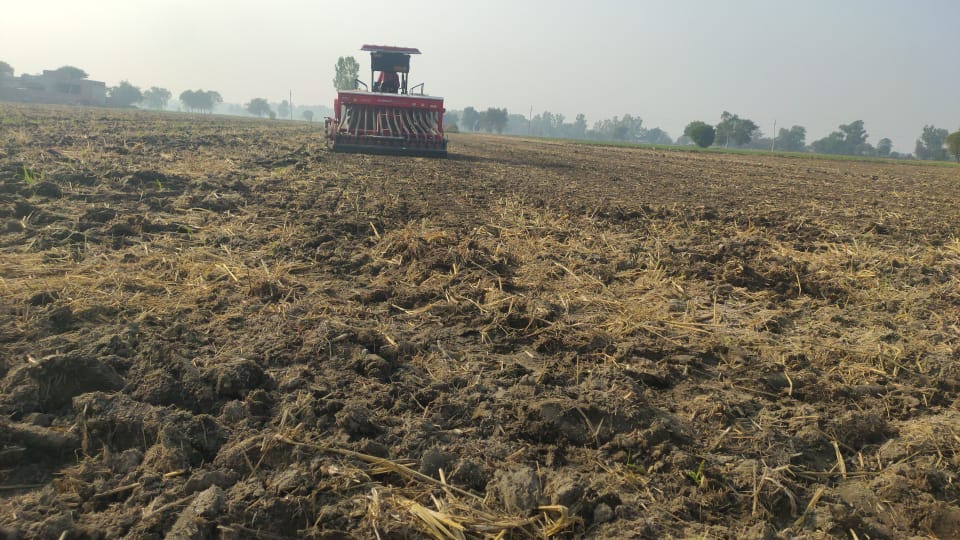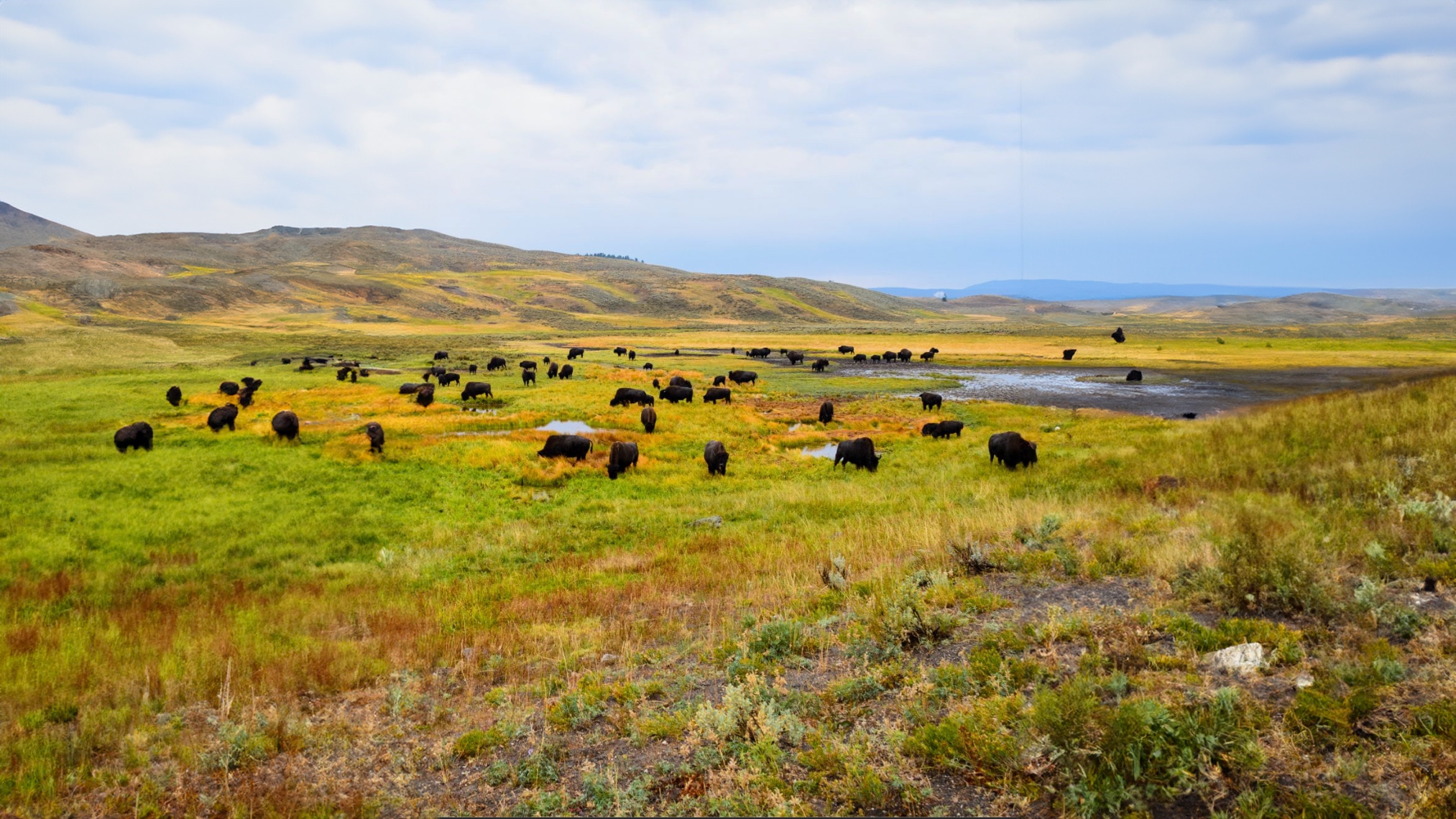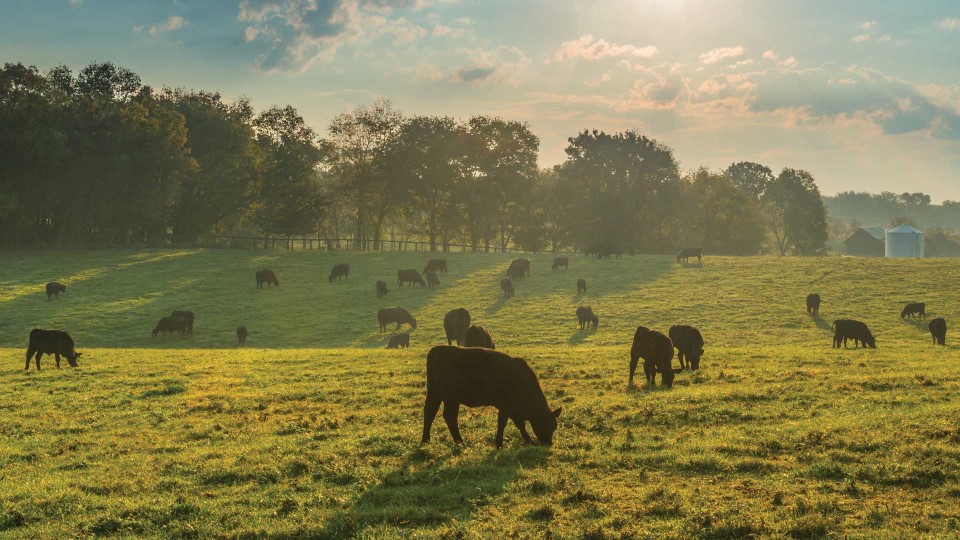プロジェクト概要
Agriculture, forestry and land use account for almost a quarter of global greenhouse gas emissions. But with a growing population, we can’t stop food production.In India, smallholder agriculture is hindered by several inter-dependent factors such as low soil fertility, frequent dry spells, drought (climate change) and unsustainable agri-management practices. Ongoing and traditional agricultural practices, such as continuous monocropping, excessive use of synthetic fertilisers beyond the recommended dosage, poor soil, crop residue and irrigation management have deteriorated soil productivity to the extent that many of these agricultural soils are depleted of nutrients and unable to sustain crop productivity naturally. Improving crop productivity and soil fertility by improving Soil Organic Carbon (SOC), and providing economic benefits to these smallholder farmers is a crucial challenge.Yet regenerative agriculture will take a long time to scale across Indian geographies, especially because there is a lack of incentive to invest in regenerative practices with a long-term return on investment. This project implements faster adoption of improved agricultural practices by Indian farmers in order to mitigate GHG emissions, reverse land degradation, and enable carbon sequestration, while also improving overall soil health and crop productivity.The project is being implemented in the Indo Gangetic plains of the Indian subcontinent focused towards promoting regenerative practices, such as direct seeding of rice (DSR), reduced till, crop residue management, crop diversification. These practices are implemented among the rice, wheat, maize, cotton, mustard, pulses, and sugarcane farms based in Haryana, Punjab, Uttar Pradesh, Odisha, Uttarakhand, West Bengal, and Bihar. It is a grouped project, with new project activities being added over the lifespan of the project. Starting with the rice-wheat cropping system, the project will be further expanded to maize-wheat, sugarcane, and cotton-wheat/cotton cropping systems. Pulses and mustard are cover crops widely interspersed in these cropping systems. The project considers 2019 as the baseline year in which the interventions started. Starting with 12 thousand hectares in 2019, the area will be stabilised at 2 million hectares in 2027 and maintained until 2038.The adoption of regenerative practices also enhances the financial well-being of farmers, thanks to enhanced crop yields over time, additional revenue generated from carbon credit sales, and a reduction in production expenses. Since 60%-70% of the income from this project will be passed directly to farmers, these smallholder farmers across participating Indian states will see significant increase in income, contributing to overall poverty reduction. And encouraging widespread use of regenerative agriculture practices at scale among smallholder farming countries.The project developer, Varaha, is an end-to-end project developer that specialises in nature-based solutions, including regenerative agriculture, ARR, and biochar projects that promote climate adaptation, biodiversity, water conservation and increased income for smallholder land stewards. In our second year of operation, our first five projects are removing and avoiding over 1 million tons of CO2 emissions while we are distributing the majority of revenues to more than 100,000 smallholder land stewards across Southeast Asia and Sub-Saharan Africa. Our cutting-edge MRV technology, including a bio-geo-chemical model for soil carbon, remote sensing, and machine learning, ensures highest quality and verifiable project success. Our team has a proven track record of scaling projects and products to millions of smallholder land stewards and is backed by leading global investors who share our vision for sustainable, nature-based solutions.




